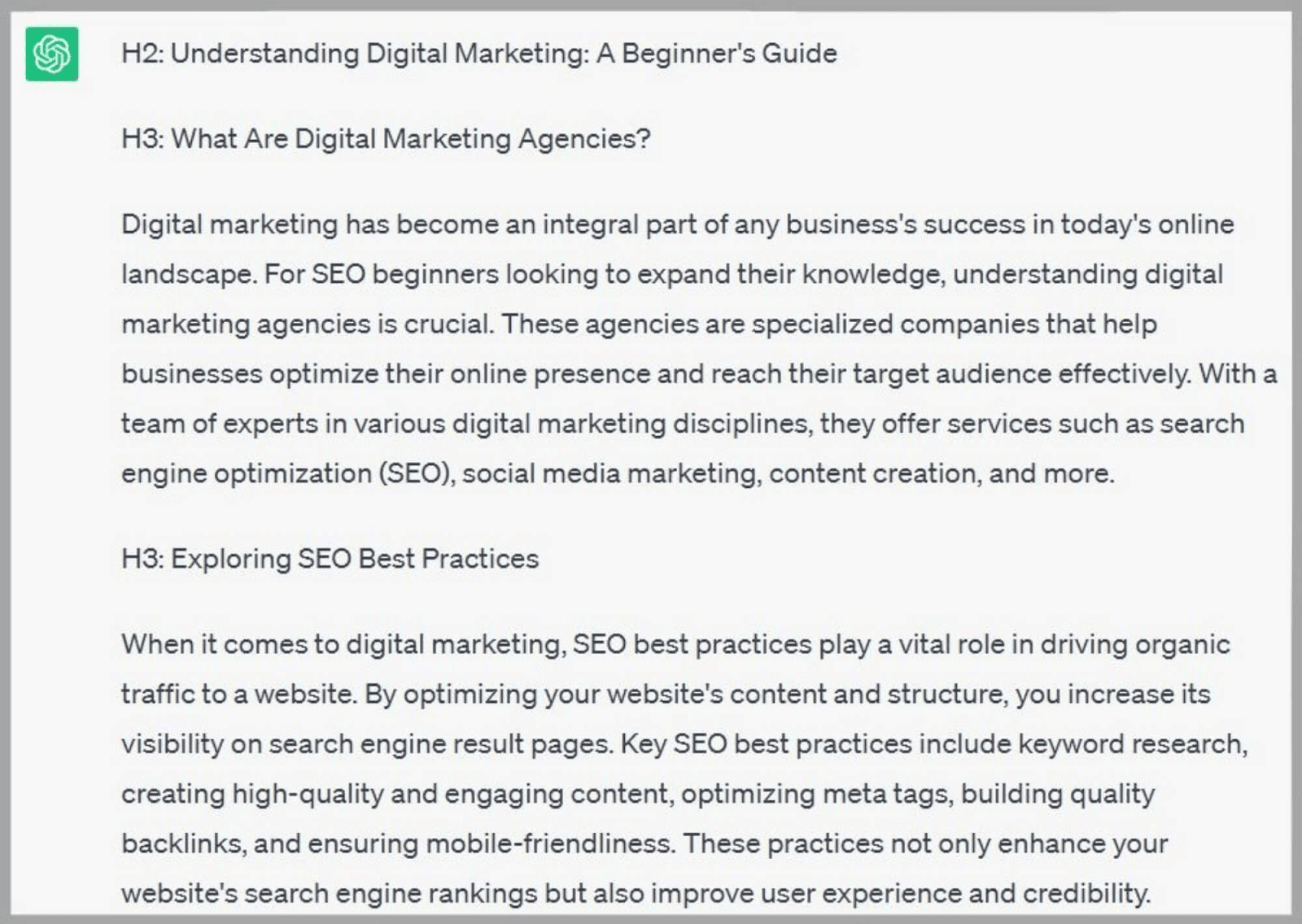Insights into What Is Not Considered a Default Medium in Google Analytics
Insights into What Is Not Considered a Default Medium in Google Analytics
Blog Article
Harnessing the Power of Non-Default Mediums in Google Analytics for Strategic Decision-Making
In the world of calculated decision-making, the utilization of Google Analytics is commonly viewed as a common method for acquiring understandings from online information. What if there were untapped sources within Google Analytics that could possibly transform the way organizations make choices? By venturing beyond the default tools in Google Analytics and diving right into alternate resources of data, organizations can unlock a chest of useful information that might hold the key to gaining a competitive edge in the marketplace. This undiscovered territory of non-default mediums presents an engaging opportunity for calculated minds aiming to harness the full capacity of analytics for educated decision-making.
Checking Out Non-Default Mediums in GA
By diving right into alternate tools beyond the default settings in Google Analytics (GA), businesses can get much deeper understandings right into their on-line website traffic sources and individual behavior patterns. While GA's default settings provide important info, exploring non-default mediums can provide an extra thorough understanding of site efficiency. One such tool is UTM criteria, which permit organizations to track the performance of certain advertising and marketing projects or networks. By personalizing these specifications for various campaigns, organizations can attribute web traffic and conversions extra precisely, enabling them to enhance their marketing strategies.
This data can disclose how users involve with the website and assistance recognize areas for enhancement to boost the user experience. On the whole, by leveraging these alternative tools in GA, companies can make even more informed decisions to drive their online success.
Leveraging Unconventional Information Sources

These unconventional information sources can provide services with special point of views that might not be captured by default metrics in Google Analytics. Sentiment evaluation of social media mentions can offer insights right into client satisfaction levels, while phone call monitoring data can reveal which advertising campaigns are driving phone inquiries. By incorporating these non-traditional resources of data right into their analytics approach, companies can make even more enlightened decisions, maximize marketing initiatives, and boost general efficiency based on a holistic sight of their on-line tasks.
Maximizing Insights Beyond Requirement Networks
To draw out much deeper insights past the requirement networks in Google Analytics, businesses must strategically diversify their data sources. what is not considered a default medium in google analytics. While Google Analytics offers beneficial details on site web traffic and individual habits, incorporating added data from non-default tools can provide an extra thorough sight of performance and customer communications. By incorporating information from social networks platforms, e-mail advertising projects, CRM systems, and offline resources, businesses can gain an all natural understanding of their audience's journey and choices

Enhancing Strategic Decision-Making With Analytics
In leveraging a diverse series of data sources beyond standard channels, companies can improve their critical decision-making by harnessing the power of analytics to inform and assist vital organization choices. By incorporating sophisticated analytics devices and strategies, organizations can get deeper insights into customer behavior, market fads, and functional efficiency. Through the evaluation of data from different resources such as social media sites, mobile apps, and consumer feedback, read what he said businesses can establish a more thorough understanding of their target audience and market characteristics.
Analytics allows businesses to recognize patterns, patterns, and relationships that may not be promptly apparent through conventional data evaluation methods. By leveraging these understandings, companies can make even more educated choices concerning product development, marketing strategies, and resource allotment - what is not considered a default medium in google analytics. In addition, analytics can help organizations track the efficiency of their initiatives in real-time, enabling quick adjustments and optimizations to enhance total performance
Basically, the strategic assimilation of analytics into decision-making processes equips organizations to remain agile, competitive, and receptive to developing market problems. By accepting analytics as a core part of their calculated toolkit, companies can drive development, technology, and long-lasting success.
Discovering Competitive Advantages in Information
By diving into the depth of data understandings, services can properly uncover affordable advantages that propel them ahead on the market landscape. In today's data-driven globe, firms are significantly identifying the value of leveraging information to get an one-upmanship. By evaluating numerous information points such as client habits, market patterns, and rival efficiency, companies can extract valuable understandings that notify calculated decision-making.
One trick facet of uncovering competitive benefits in information is determining patterns and trends that offer unique insights right into consumer preferences and market characteristics. By making use of sophisticated analytics tools like Google Analytics, companies can track individual communications, web site traffic, and conversion prices to recognize consumer behavior better. This, subsequently, allows business to customize their advertising and marketing techniques, item offerings, and client experiences to meet advancing demands successfully.
Additionally, data analysis can also unveil untapped opportunities for advancement and growth. By identifying voids on the market or locations where competitors fail, organizations can develop new services or products that deal with unmet needs and distinguish themselves from the competitors. Ultimately, leveraging information to uncover affordable advantages is not almost accumulating information yet concerning check my source converting it right into workable techniques that drive success in today's competitive company atmosphere.
Final Thought

By venturing past the default mediums in Google Analytics and diving into alternate resources of data, companies can open a trove of important info that might hold the secret to gaining a competitive edge in the market.Checking out beyond the check this typical data sources in Google Analytics, companies can open beneficial insights by touching right into unique data streams for a more extensive understanding of their online efficiency. Leveraging unusual information resources entails utilizing information from numerous networks such as social media platforms, client reviews, telephone call monitoring systems, email advertising metrics, and even offline sources like in-store foot web traffic data.To remove much deeper understandings beyond the requirement channels in Google Analytics, businesses must strategically diversify their data sources.In leveraging a diverse array of data sources past typical channels, businesses can boost their calculated decision-making by taking advantage of the power of analytics to educate and assist key service choices.
Report this page